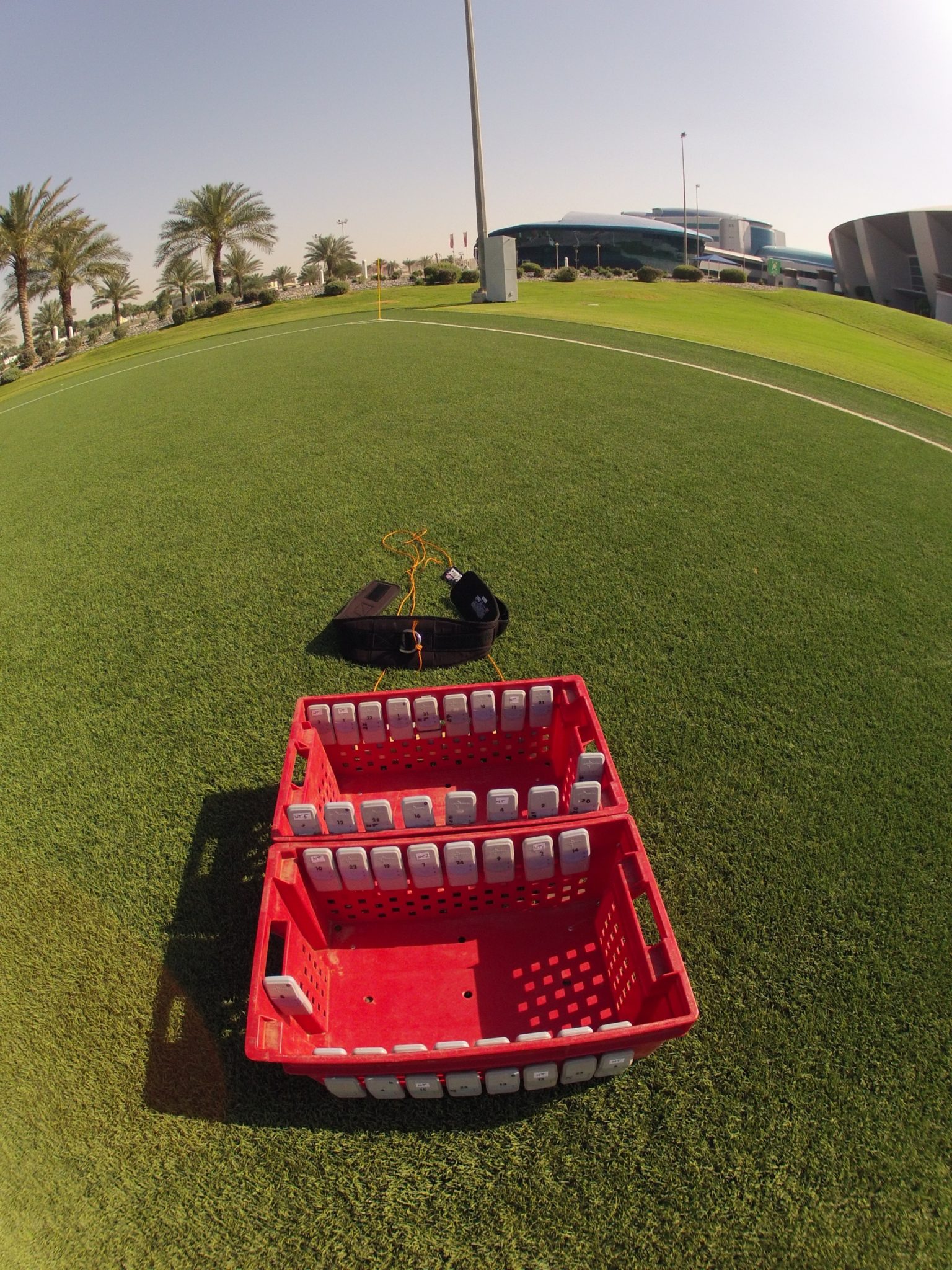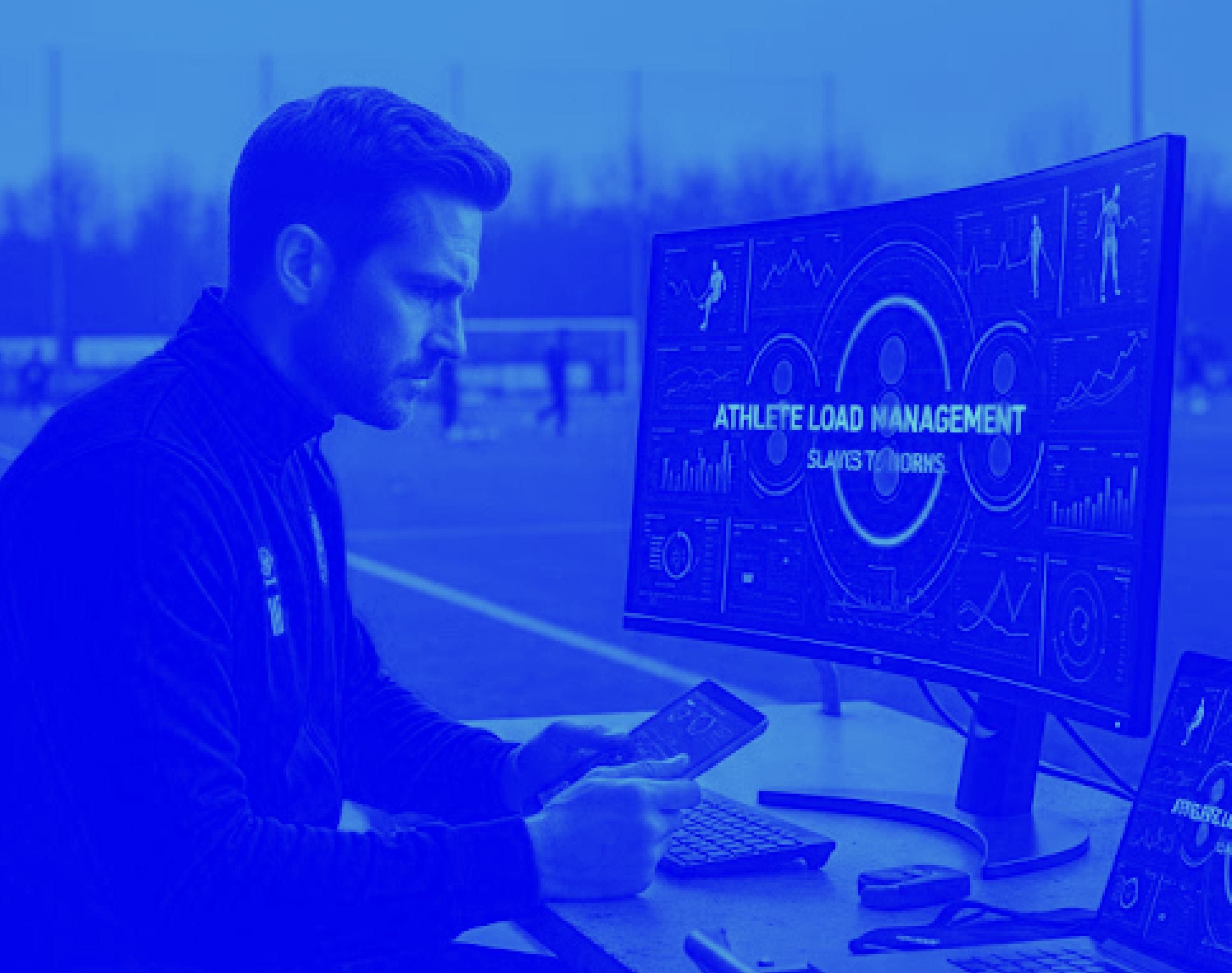Monitoring Accelerations With GPS in Football: Time to Slow Down?
Aren’t we losing our time? GPS-derived accelerations are not as good as we wished! 🙁
Here is the sled used for the tests...

Monitoring Accelerations With GPS in Football: Time to Slow Down?
Source
Physiology Unit, Football Performance and Science Department, ASPIRE Academy for Sports Excellence, Doha, Qatar.
Abstract
The aim of the present study was to 1) examine the magnitude of between-GPS model differences in commonly reported running-based measures in football, 2) examine between-unit variability and 3) assess the effect of software updates on these measures. Fifty identical brand GPS units (15 SPI-proX and 35 SPI-proX2, 15 Hz, GPSports, Canberra, Australia) were attached to a custom-made plastic sled towed by a player performing simulated match running activities. GPS data collected during training sessions over 4 weeks from 4 professional football players (n = 53 files) were also analyzed before and after 2 manufacturer-supplied software updates. There were substantial differences between the different models (e.g., standardized difference for the number of acceleration >4 m.s-2 = 2.1; 90% confidence limits (1.4, 2.7), with 100% chance of a true difference). Between-unit variations ranged from 1% (maximal speed) to 56% (number of deceleration >4 m.s-2). Some GPS units measured 2 to 6 times more acceleration/deceleration occurrences than others. Software updates did not substantially affect the distance covered at different speeds or peak speed reached, but one of the updates led to large and small decreases in the occurrence of accelerations (-1.24;-1.32,-1.15) and decelerations (-0.45; -0.48,-0.41), respectively. Practitioners are advised to apply care when comparing data collected with different models or units, or when updating their software. The metrics of accelerations and decelerations show the most variability in GPS monitoring and must be interpreted cautiously.



